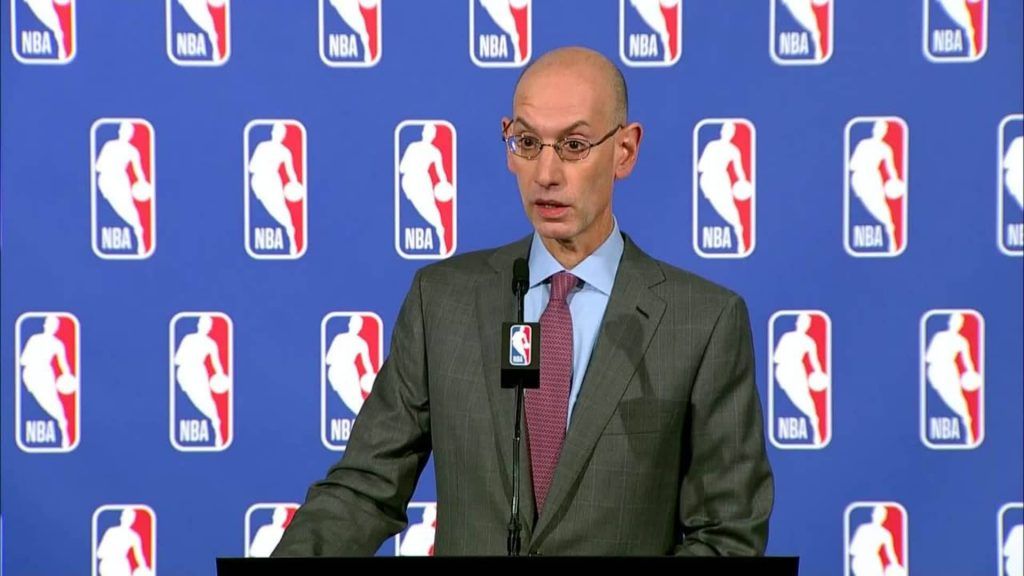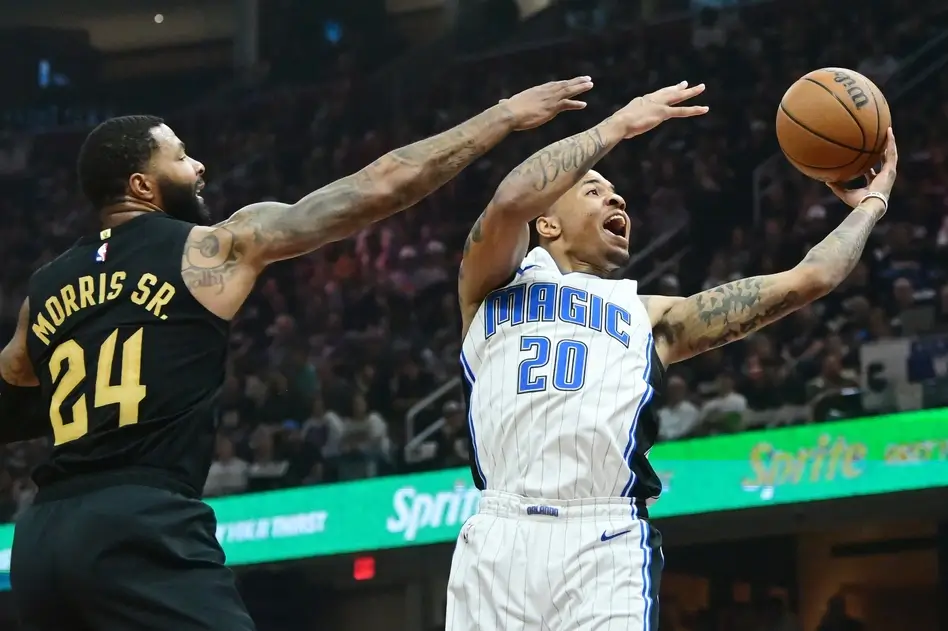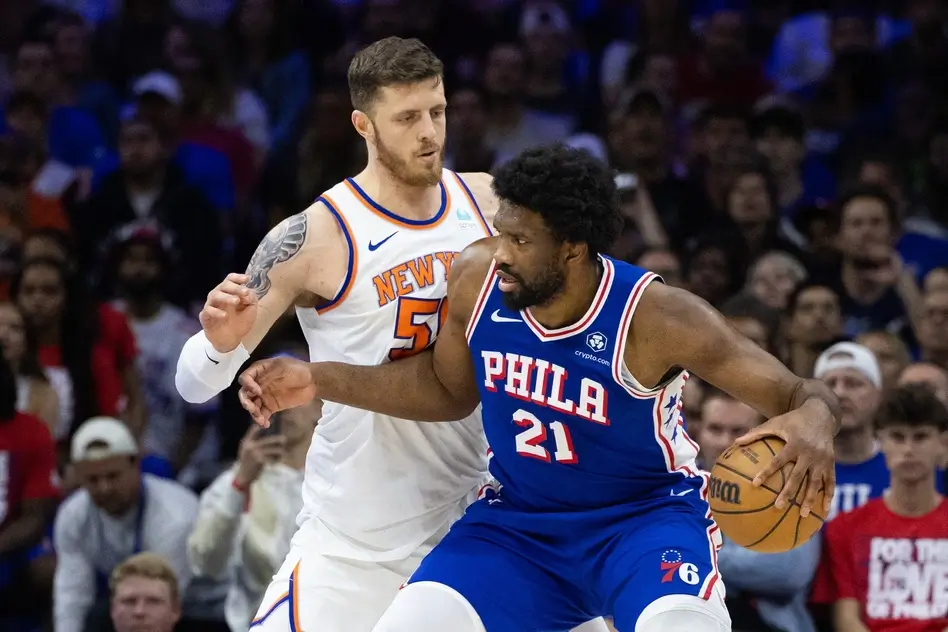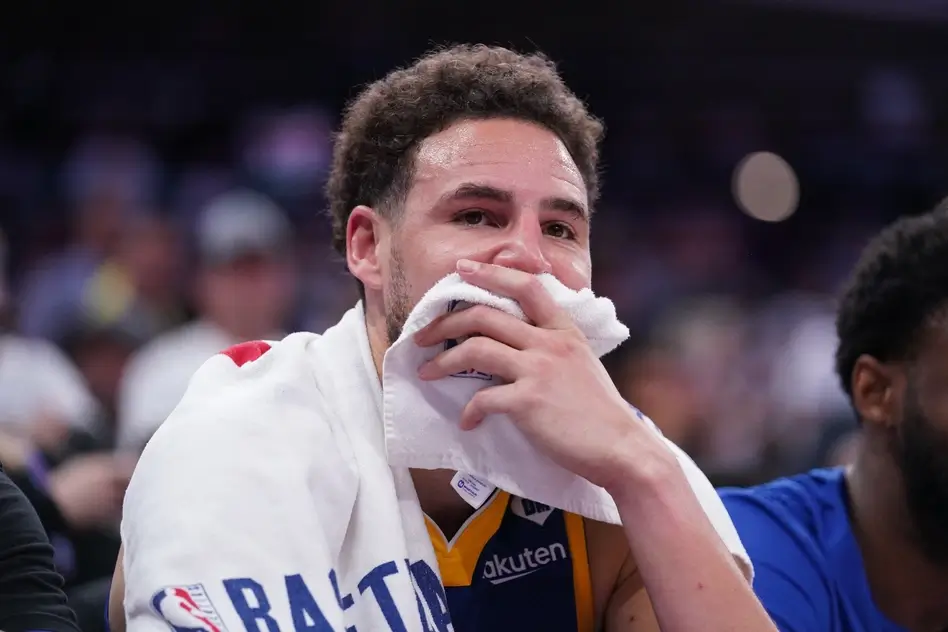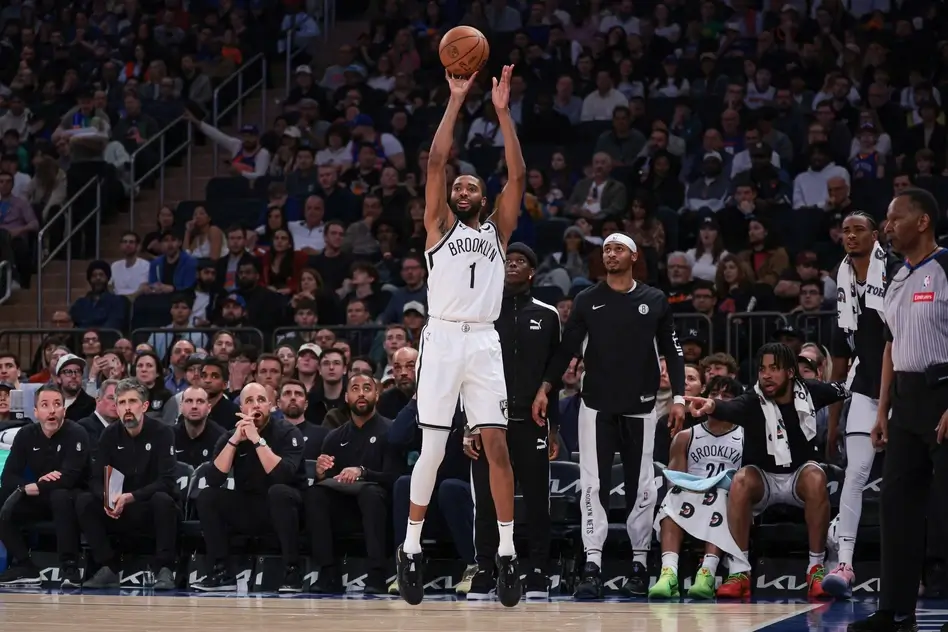The NBA has altered its format for the bubble in Orlando – would promotion and relegation be a good option for the league to consider? Matthew Bowen discusses…
The times they are a-changin’
The maxim ‘adapt or die’ is relevant in life, business and sport. The animal, corporation or sports team that refuses to adapt to its surroundings suffers the consequences. Whether that’s being eaten by a more evolved predator, going bust or becoming a perennial loser. Although, often overused, there is no getting away from the truth of the proverb.
NBA Commissioner Adam Silver knows this more than most. An astute historian of the game of basketball, Silver has followed in the footsteps of his predecessor, David Stern, and refused to rest on his laurels. Just as Stern sought to modernise the sport by forging connections with then-burgeoning television networks such as ESPN and improving the overall marketability of the NBA, Silver has blazed his own trail.
Since Silver took over in 2014, we have seen the rise of the ‘player empowerment’ era and the further marketability of the NBA through the Internet via social media pages such as House of Highlights, Ball is Life and Bleacher Report. On the court, Silver has had the biggest impact in improving the flow of the game. Emphasising a high-intensity, rapid viewing experience, speeding the game up further and further.
These changes can be seen in the alteration to the shot clock following an offensive rebound. Now, instead of the shot clock resetting to 24 seconds following an offensive rebound, the clock resets to 14 seconds forcing the offensive team to play faster in order to make the most of their second opportunity to score. Silver has made an effort to make clear path fouls more punishable in order to deter teams from preventing fastbreaks and slowing the game down.
The biggest rule change under Silver’s reign is the one that hasn’t been implemented yet. As we all saw at the 2019 All-Star game, the fundamental formatting of a standard NBA game was altered in the 4th quarter when the game clock was turned off and a target score was set. You can read more about the ‘Elam Format’ here.
As a result, the pace of the game was quickened, there were fewer ad breaks and the flow of the contest was dramatically improved. It’s no secret that the NBA is hell-bent on making itself more marketable to European and African audiences – two demographics who adore the sport of soccer.
So, it’s proven that Silver is not afraid to tamper with the rules of the basketball. And tamper successfully Silver has. So far, each of Silver’s new rule changes has been overwhelming successes.
The happiest basketball viewing experience on Earth
With this in mind, it’s time we turn our attention to the Orlando Bubble.
A unique set of circumstances in which 22 of the NBA’s 30 teams are forced to compete in an ad-hoc type tournament within a quarantine bubble. There were many questions heading into the bubble regarding the quality of basketball. Would the players be ready after having so much time off? Will there be an uptick in injuries? Will the quality of play suffer at all? One week in and so far the bubble experiment has been a resounding success. Overwhelmingly due to the high-quality match-ups we are seeing night after night and the breathtaking play we’re viewing as a result.
One night LeBron is scoring game-winners in a defensive slug-fest of a contest between the two L.A. teams. The next game, the Trail Blazers are coming back from 20 points down to push the Celtics to the brink. Following that, the ‘Pocket Rockets’ are besting the #1 seed in the East and locking down Giannis when the games on the line. Earth-shattering dunks are followed by 3s being made from the stratosphere. Teams like the Trail Blazers that were experiencing a lost season before the bubble are clawing their way back into relevancy in a tantalising fashion.
After being treated to a smorgasbord of premier basketball play one can’t help contemplate the concept of promotion and relegation being finally introduced in the States.
Promotion and relegation – pressure makes diamonds
The idea has been floated around the American sports ether for quite some time now. It is incredibly ironic that America, a country built on the ideals and ideas of capitalism, refuses to budge from the seemingly socialist principles of salary caps, drafts which benefit the weaker teams and no promotion/relegation (P/R). The answer for this unwillingness to adapt of course comes back to the owners of these teams fearing loss of revenue if they were to drop down a division.
As Desi Duncker wrote for Medium, ‘The franchise owners work together in order to maximize their interests and coordinate their territories, which means demotion of individual franchises is out of the question.’
However, a major positive aspect of P/R is that the lower divisions in soccer, for example, serve as fantastic opportunities for development. If you are a young forward playing and training in the Manchester City reserves, it is still unlikely that the manager will give you valuable game time over Sergio Aguero. You are unproven, inexperienced and the manager is in a results-based business. That’s just how it goes.
With no imminent opportunities to develop in the Man City first-team, or even the Premier League, you drop down a tier to the English Championship and gain valuable experience.
When it comes to the NBA, the G League operates as a de facto Division 2. However, the skill level and the intensity is remarkably lower compared to the NBA. In the G League, the Championship at the end of the season is hardly worth anything. While you can develop and play a decent amount of minutes, the experience gained hardly prepares you for sharing the court with top NBA teams in high-pressured environments.
Just take a look at Mavericks star Luka Doncic. Doncic first joined Real Madrid in 2015, as a 15-year-old. During his time in the EuroLeague, Doncic evolved and grew as a player competing against grown men, living under the intensity that comes with proving yourself in a man’s game and fighting for titles. In fact, Luka told EuroHoops.net in 2019 that it was easier to score in the NBA compared to Europe.
While you do find intense moments in the NCAA and AAU, accusations surrounding AAU and college ball being ‘too flash’ and ‘too friendly’ have been backed up by more and more athletes opting for the ‘one and done’ college experience. Speaking to NBA TV in 2017, NBA legend Kevin Garnett claimed that ‘AAU has killed our league’. Big-time former sports executive, Sonny Vaccaro believes that ‘The passion for the game… has been replaced by emotionless machines, attending prep schools and playing multiple games a day, unconcerned with the outcome, just furthering personal goals.’
To circle back to adding a P/R system into the NBA, the implementation of Division 2 would allow young players to develop alongside the best basketball talents in the world (mostly fellow Americans) as well as incorporating the intense environment of the EuroLeague. You get the best of both worlds. Young talents would grow up fast being surrounded by basketball vets and experiencing the high octane gauntlet of achieving promotion.
On the flip side, creating a First Division would create a similar environment to the NBA Bubble but on a night in and night out basis. If we apply the oh so American belief in free-market economics and ‘may the best man/company/team’ win, then surely the product would prosper. No more Kings vs Bucks blowouts on a Tuesday night.
The improvement in play on the court would surely boost international ratings. Due to the time difference in the States, most games don’t air in Europe until the middle of the night. Would I stay up for Timberwolves vs Wizards? Most probably not. Lakers vs Rockets? Definitely.
But wouldn’t small-market teams be even worse off if they played in Division 2? Possibly. However, due to the liberal philosophy of P/R, there is no guaranteeing that small-market franchises would suffer more than their larger counterparts. Just look at the Lakers since 2012, their ‘big market’ status would not have saved them from relegation whereas the smart work by Sam Presti in OKC would have seen them do well in Division 1 even to this day with Chris Paul.
Never say never
As mentioned previously, Adam Silver is the type of fearless commissioner a league needs to leap forward into the ever uncertain future. Constantly adapting and looking for new ways to enhance the sport millions around the world love, it would not shock me if we saw Silver attempt to introduce P/R into the NBA.
We have seen just this past year more and more high-profile college recruits decline the conventional route and opt straight for the G League out of High School. This past summer, a group of starlets which included Jalen Green, Isaiah Todd, Daishen Nix, Kai Sotto and Jonathan Kuminga all chose the G League over college. Talking to The Athletic, Kuminga said, ‘I see my potential as an NBA player and with the G League they’ll help me a lot more than college.’ Kuminga went on to say, ‘The G League will help me more than how college was going to help me on being the player I want to be right now, and going pro.’
Couple the G League’s ever-growing popularity with the increasing allure of overseas basketball – LaMelo Ball opted to play in Australia and Lithuania over college – and the need for a real competitive Division 2 makes more and more sense by the day.
Looking further back, Kevin Garnett, LeBron James and Kobe Bryant all benefited from developing alongside grown men in the NBA. How many more stars’ progress was hampered by the seemingly needless NCAA college experience?
To sum up, introducing the concept of P/R to the NBA would not only improve the quality of play we see on our screens night after night, but also offer a real opportunity to develop young players. There’s also the added factor of giving vets a couple more years to light it up and contribute to achieving something meaningful.
Whether it’s the EuroLeague growing in dominance, the G League evolving into a Division 2 or the flat out introduction of P/R, one thing’s for sure; something will change because it’s adapt or die.


